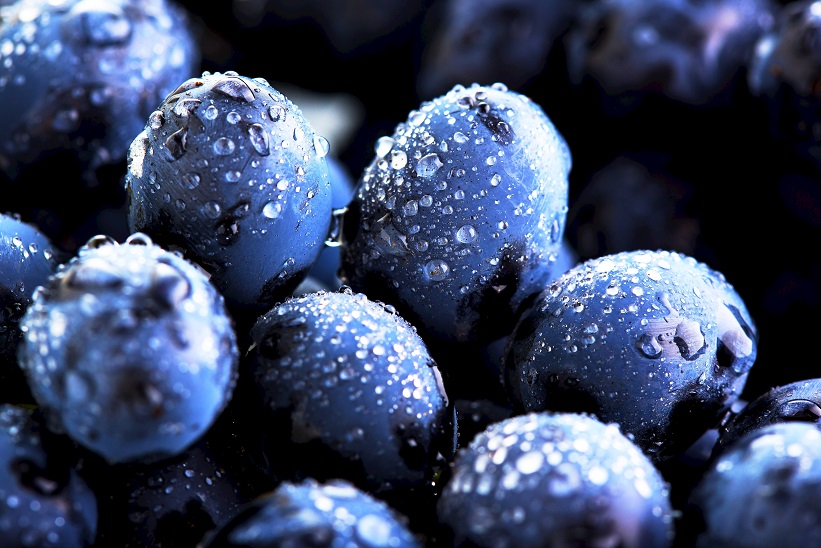Table grape varietal reconversion underway at Capespan Namibia

Capespan Namibia has been investing heavily in new seedless table grape varieties and expects them to represent the majority of production within the near future. 
In addition, a company representative says the recent water pump station upgrade will allow for the planted hectarage to increase by around a quarter in the coming years.
Speaking to Fresh Fruit Portal, Capespan Namibia executive director Kobus Bothma said a plethora of new varieties from international breeders had been planted over the last two years.
"At Capespan Namibia we try to supply the market with new varieties if possible - we invest a lot in them," he said.
"From the IFG [International Fruit Genetics] side we planted varieties like Jack's Salute, Sweet Celebration, Sweet Sapphire, and from the SNFL [Special New Fruit Licensing] side it's mainly Melody, Timco, Magenta, and Ivory."
The new varieties were planted in two stages across 2015 and 2016, with the first exports carried out in small volumes this campaign.
Bothma said trials had also been established with genetics from a host of breeders from around the world, with view to starting commercial production of the best performers.
He estimated around 40% of the company's 500 hectares of table grape production in Namibia currently corresponded to new varieties, but expected that figure to grow to 60%.
The company is also moving away entirely from seeded grape varieties.
"We will do more trial plots and we will start removing the older ones too. We currently still have two seeded ones but we will be 100% seedless in two years time," he said.
"We still have a bit of Victoria, but we are removing the last two blocks, and the other one is Red Globe, which will be removed over the next two seasons."
Bothma added an increased irrigation capabilities meant a significant expansion of the production area could now get underway.
"We invested a lot of money in upgrading our river pumping station for our water supply, so we can develop more hectares now as we have more water from the rivers. That’s a big advantage to the company and we’re very excited about that," he said.
"The new line gives us enough to expand hecterage by 25%."
Early season
As for this current season, Bothma said the harvest started around 10-14 days earlier than last year, in early November, and finished up in the first week of January.
There was positives in terms of fruit quality and berry size, but volumes were down slightly year-on-year. Expectations are for Capespan Namibia's exports to total 1.5 million cartons.
"We had very good programs in supermarkets, a lot of them went to the U.K. and Europe, about 40-45%, and other markets as well," he said.
"We’re quite satisfied that we have a good market for all our grapes, and we could have sold more but we didn’t have enough volume to service all the markets, but it was a very good year."
He added Namibia's early seasonal window - starting two weeks before South Africa's northern regions - gives the country a strong advantage as key international markets are relatively undersupplied for the first part of the campaign.
Photo: www.shutterstock.com








































